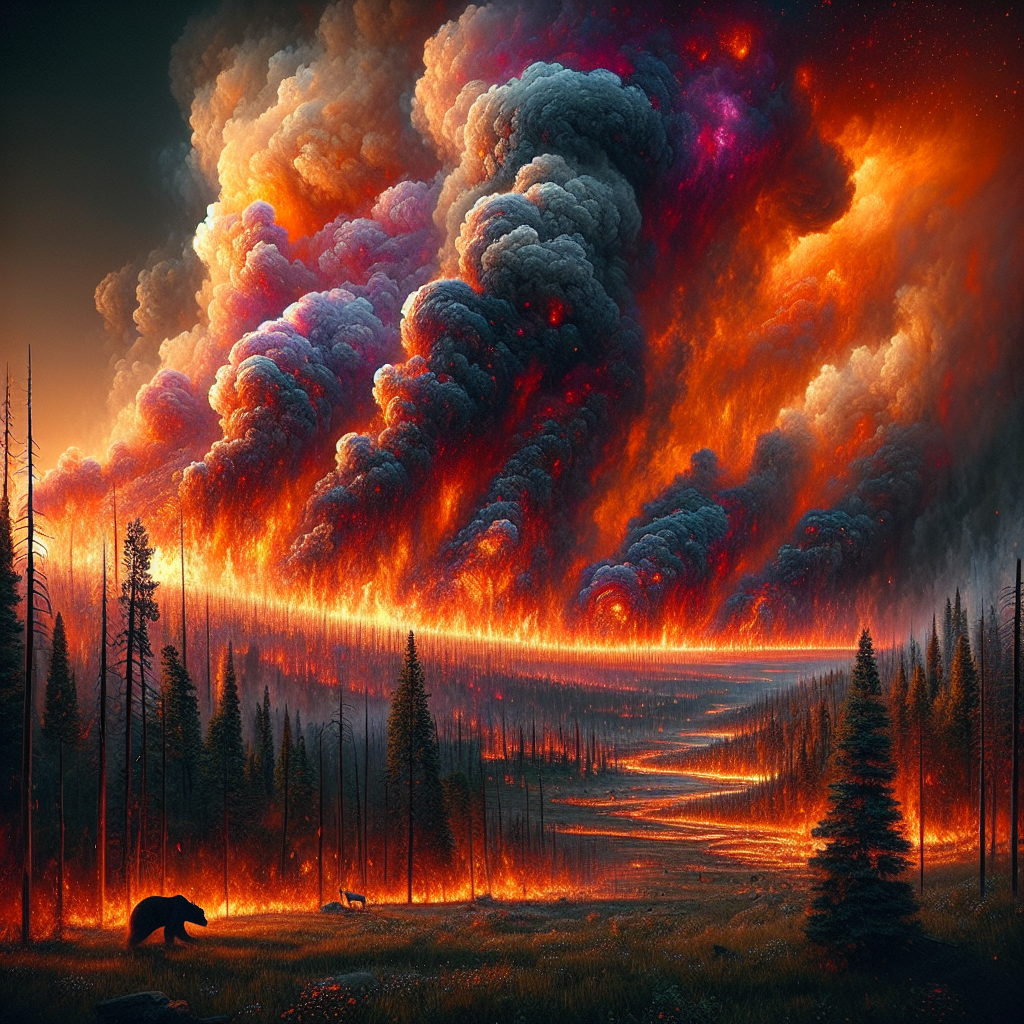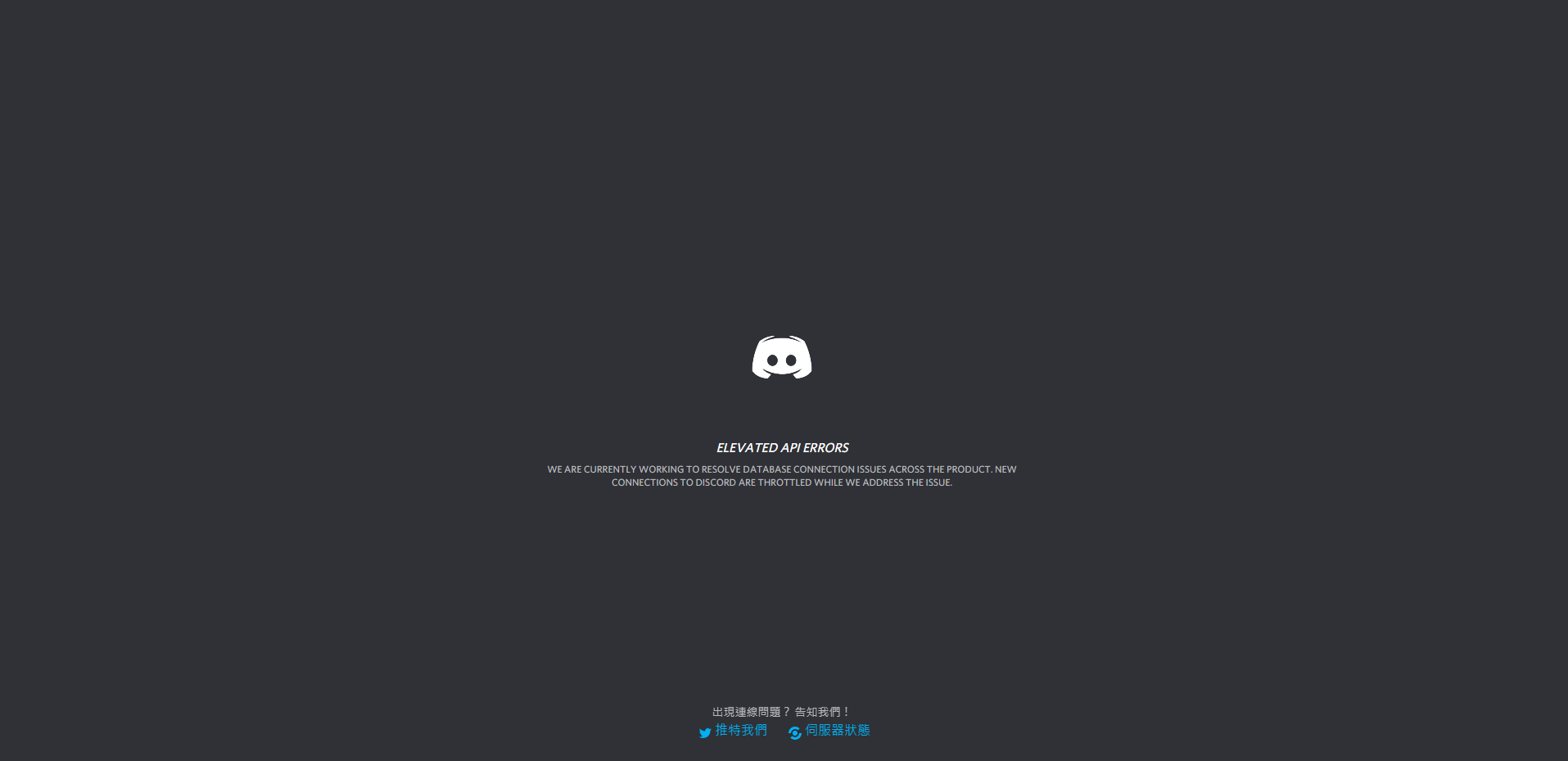Unveiling the Labyrinthine Grooming Gang Scandal that Ignited Elon Musk's Wrath
In recent weeks, the sinister grooming gang scandal unearthed in the United Kingdom has thrust human trafficking, child sexual exploitation, and the insidious role of social media into the public consciousness. The disturbing details of the case have ignited outrage and sparked an intense debate about accountability, systemic failures, and the need for comprehensive reforms to protect vulnerable children.
The Grooming Gang Scandal: A Harrowing Reality
The scandal revolves around the systematic abuse of young girls by predominantly Pakistani-origin men in several British cities. These men operated in grooming gangs, using tactics of psychological manipulation, coercion, and threats to ensnare their victims. The abuse took various forms, including sexual exploitation, forced prostitution, and the distribution of indecent images.
The scale of the abuse has been staggering. In Rotherham alone, over 1,400 victims were identified between 1997 and 2013. However, despite numerous reports and warnings, local authorities and police failed to respond effectively, allowing the gangs to operate with impunity for years. This inaction has been attributed to cultural sensitivity, institutional racism, and reluctance to confront uncomfortable truths.
Elon Musk's Intervention and the #MeToo Movement
The scandal gained international attention when tech mogul Elon Musk tweeted about it, calling the perpetrators "evil" and urging authorities to take swift action. Musk's intervention ignited a firestorm of discussion on social media, drawing attention to the widespread nature of child sexual abuse and the need for accountability. The outcry amplified by the #MeToo movement has further fueled public outrage and pressured policymakers to address this abhorrent practice.
Complexities and Controversies
The grooming gang scandal has raised complex issues and ignited heated debates. Critics have pointed out the danger of stigmatizing entire communities based on the actions of a few, while others have argued that the focus should be on holding accountable both the perpetrators and the institutions that failed to protect the victims.
Cultural and Religious Factors
The ethnic background of the perpetrators has raised questions about the role of culture and religion in the scandal. While it is important to avoid generalizations, it is undeniable that cultural and religious norms can shape attitudes towards women and girls. In some cases, patriarchal beliefs and a lack of female agency have contributed to the vulnerability of victims.
Social Media Exploitation
Social media has emerged as a powerful tool for grooming gang members to target and manipulate vulnerable young people. The anonymity and ease of access to online platforms have allowed perpetrators to establish contact with children, build trust, and gradually groom them for sexual exploitation. The scandal has highlighted the need for increased regulation and education on the responsible use of social media.
Political and Institutional Failings
The scandal has exposed glaring failures in the political and institutional systems tasked with protecting children. Local authorities and police have been criticized for mishandling allegations and failing to provide adequate support to victims. Some experts have attributed this to institutional racism, fear of being branded "Islamophobic," and a lack of understanding of the nature of child sexual exploitation.
Critical Analysis and Recommendations
A critical analysis of the grooming gang scandal reveals the urgent need for comprehensive reforms to address systemic failures, protect children, and hold perpetrators accountable. Here are some key recommendations:
Improved Victim Support
Victims of child sexual abuse require specialized support and protection. Authorities must ensure that victims have access to trauma-informed services, legal aid, and safe housing. The government should establish dedicated resources for victim support to prevent further traumatization and promote recovery.
Enhanced Law Enforcement
Law enforcement agencies need to be adequately trained and equipped to investigate and prosecute cases of child sexual exploitation effectively. This includes specialized training on the tactics used by grooming gangs and the importance of working sensitively with victims. Collaboration between law enforcement agencies across jurisdictions is also crucial to combating this transnational crime.
Social Media Regulation
Social media companies have a responsibility to prevent their platforms from being used for child sexual abuse. They must implement robust measures to detect, report, and remove predatory content. Collaboration between law enforcement, social media companies, and child protection agencies is essential to disrupt grooming gangs and protect children.
Educational Initiatives
Education and awareness campaigns can help prevent child sexual exploitation. Schools, youth groups, and community organizations should provide age-appropriate education on the dangers of grooming, online safety, and the importance of reporting abuse. Parents and caregivers also need to be equipped with the knowledge and skills to protect their children.
Conclusion
The grooming gang scandal that has sparked Elon Musk's ire is a stark reminder of the sinister and pervasive threat posed by child sexual exploitation. The scandal has exposed systemic failures, cultural complexities, and the need for urgent reforms to protect vulnerable children. By implementing comprehensive measures to support victims, enhance law enforcement, regulate social media, and promote education, we can create a safer world for our children and hold perpetrators accountable for their heinous crimes.
The fight against child sexual exploitation requires a multi-pronged approach. It requires the coordinated efforts of governments, law enforcement agencies, social media companies, child protection organizations, and the public. By working together, we can break the cycle of abuse and create a society where children are safe, respected, and protected.













